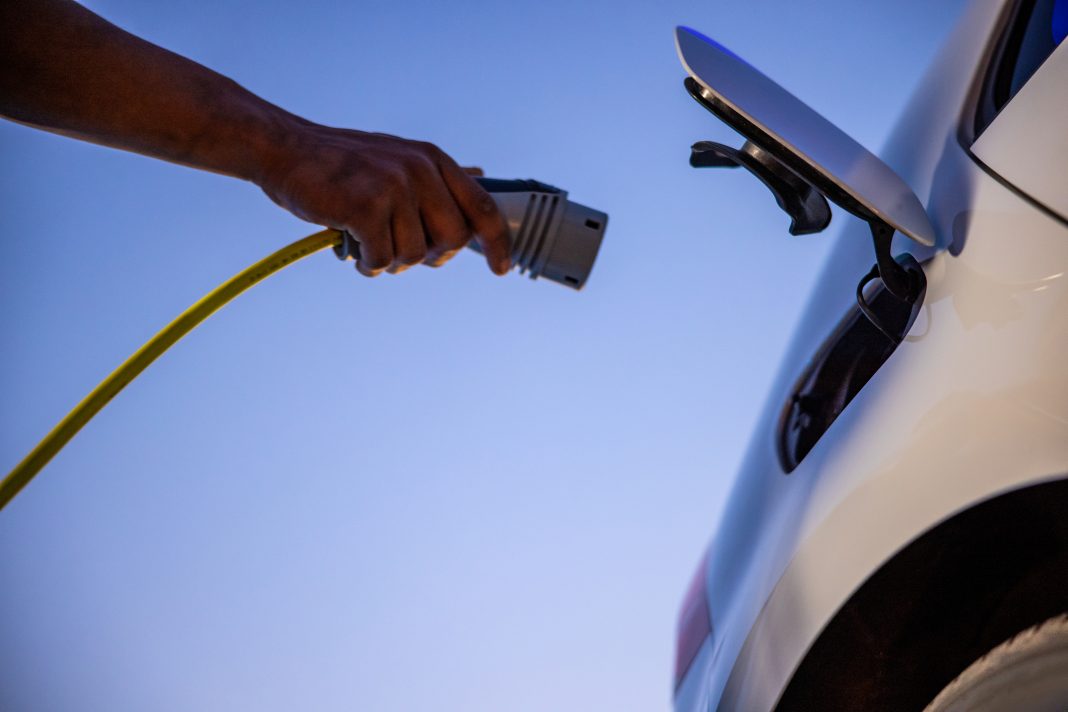The European Commission has plans to make its clean technology fully European-made, to deliver sustainability agendas with renewable energy in the bloc
Seven months after the US announced its green industry booster plan, the European Commission made a move to manufacture its own clean technology for net-zero adaptation in the EU – to reach becoming the first carbon-neutral continent by 2050.
The goal highlighted by the EU notes at least 40% of EU’s net-zero, clean technology will be manufactured within the EU by the end of the decade, in order to reduce the bloc’s reliance on other countries.
To increase Europe’s industry, researchers note that the EU’s plan is different from the US plan, as it looks more toward a stronger net-zero industry, aimed at creating sustainable investment.
Thierry Breton, EU commissioner for the internal market, said: “We’re not talking about reacting short term here – we’re moving into a new reality.”
“We’re moving into a new reality”
The EU’s plan for eight key clean technologies
As the planet keeps warming, following intense climate warming conditions which are likely to reach about 2.7°C by 2100, the Commission set out its latest biennial report suggesting current green policy and governance frameworks are not doing enough to help deliver sustainability agendas.
The innovation part of the plan proposes to set up test beds for net-zero technologies, which predominantly include:
- Solar power
- Onshore wind and offshore renewable energy
- Batteries and storage
- Heat pumps and geothermal energy
- Electrolysers and fuel cells
- Biogas/biomethane
- Carbon capture and storage (CCS)
- Grid technologies
The plan looks to boost CO2 capture and storage, with an objective to reach 50 million tonnes of annual CO2 storage capacity by 2030. Boosting skills and diversifying trade and investments are also part of the plan, with the Commission proposing got set up specialised academies.
Adopting clean technology requires finding public money
Public procurement will be used to get clean technology on the market faster by introducing sustainability and resilience criteria.
The proposal estimates the EU to deliver $90 billion by 2026 – for large-scale demonstrator projects to test innovation that could be on the market by 2030.
The US plan prompted Europe, but the EU’s green industry was already lagging
The clean technology market is set to be worth €600 billion a year by 2030 (IEA)
However, issues arise with the report: the net-zero missions based on research and innovation are led by R&I authorities and rely on R&I funds, which can be extremely costly. Additionally, many strategic agendas and government collaborations have been made, but there are few joined-up implementation efforts so far.
Christian Ehler, spokesman for the European Parliament’s centre-right group, said this should only be the start. “The upcoming proposals are welcome steps in this direction, but they alone will not be sufficient. We need to reduce the dramatically increasing administrative burden and create breathing space for our industry.
Commission vice president Frans Timmermans said: “I believe that our proposals make Europe ready for the race to net-zero. But we have to make sure it’s a fair race and we have to make sure that the EU industry is in the best possible position to compete, and we’ve seen in several areas we have some catching up to do. I think what we proposed today does just that.”











